Posted On: September 10, 2019 by Community HealthCare System in: Community health news

We often invoke sayings about the importance of time: time is of the essence, time flies, and time is money. When someone has a stroke, taking quick action can improve survival rates and outcomes, so it’s worth taking a little time to understand the warning signs and what to do when you or a loved one experience them.
A stroke occurs when a blood vessel carrying oxygen and nutrients to the brain is blocked or ruptures, causing brain cells to die. The American Stroke Association lists several symptoms to know, including sudden experience of numbness or weakness of face, arm, or leg, especially on one side of the body; confusion, trouble speaking, or understanding speech; trouble seeing in one or both eyes; trouble walking, dizziness, or loss of balance or coordination; and severe headache with no known cause.
To remember stroke symptoms, think of the acronym FASTER, which stands for Face, Arms, Stability, Talking, Eyes, and React. It’s easy to write off problems as temporary, and many people tend to take a “wait-and-see” attitude toward symptoms. But seconds and minutes count, and healthcare providers have better options now than in the past to help minimize the damage from a stroke.
“Prompt evaluation is the most important aspect of stroke care. If a stroke is suspected, individuals should seek care at an emergency room immediately,” said Debra Rezac, Advanced Practice Registered Nurse at Community HealthCare System.
Acting quickly when someone has a stroke can drastically affect quality of life later. “Time is brain, and prompt treatment has a major impact on neurological outcomes,” Rezac said. One treatment option is administration of alteplase, an intravenous medication that can help break down clots blocking blood flow to the brain. Another option is rapid referral of patients for a procedure to remove clots.
Mindy Olberding, chief nursing officer at Community HealthCare System, said stroke mortality tends to be high in northeast Kansas, but efforts from the Kansas Initiative for Stroke Survival, or KISS, and the University of Kansas Health System Care Collaborative have made a positive impact. The number of patients who have received stroke intervention in the state has more than doubled since 2012. Olberding said education efforts for healthcare providers have helped, but public education is also key to further reducing deaths and severe, long-term disabilities in stroke patients.
“The main takeaway is that if you react and call 911 to have your loved one brought to the Emergency Room, we can provide timely treatment. One success story we saw was a family calling 911, which made the difference between their loved one going home vs. requiring nursing home care,” Olberding said.
Olberding added that physical and occupational therapy can help stroke patients recover, but that faster initial treatment increases the possibility of successful therapy.
“Time really is of the essence in caring for stroke patients,” Olberding said.
KISS was established in 2011 to ensure that first responders and emergency care providers receive education and support to treat stroke. The organization provides Emergency Management Services personnel with screening, evaluation, and routing services to ensure the fastest and safest delivery of care, plus education and support for hospitals. KISS provides free physician support to assist with decision-making and transfer of stroke patients.
CHCS hospitals in Onaga and St. Marys are designated as Emergent Stroke Ready Hospitals by KISS. The Onaga hospital is also a Level IV Trauma Center.
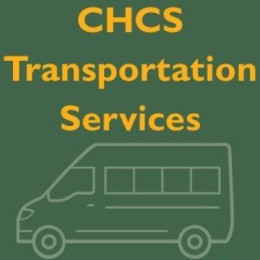
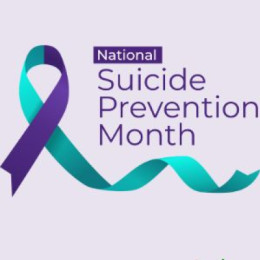
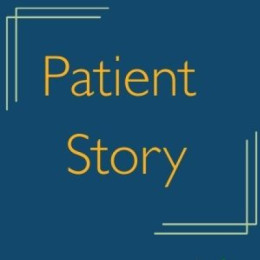

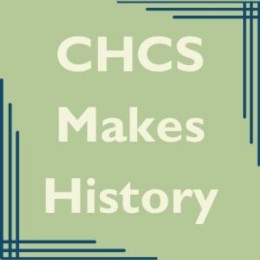
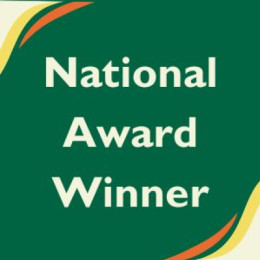
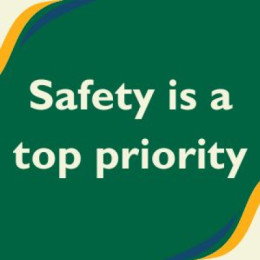


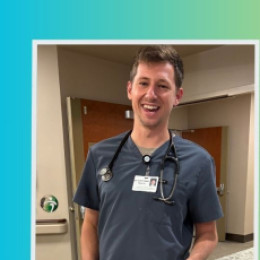
0 comments